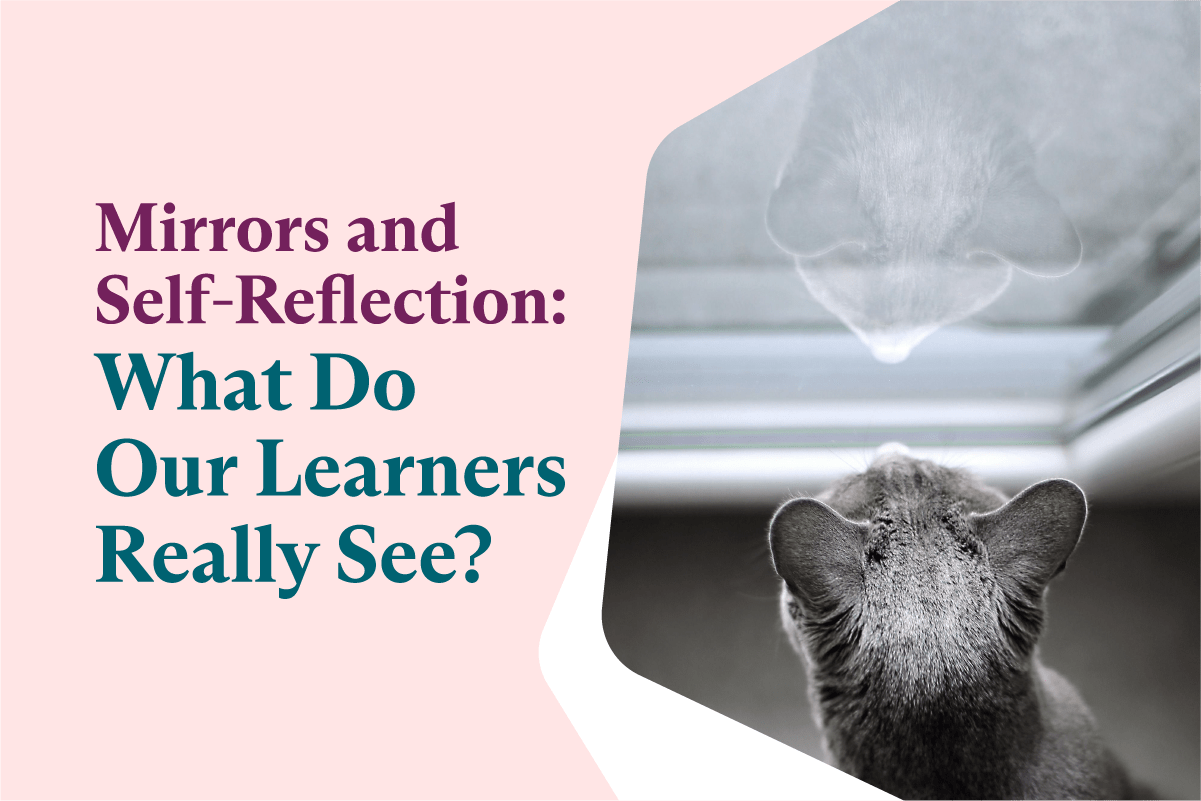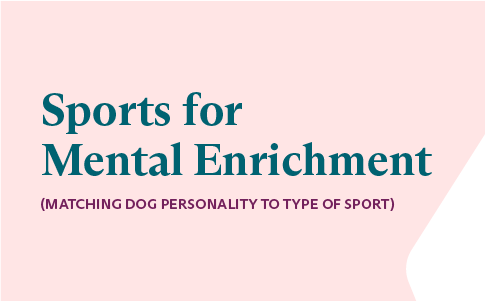“The Mirror Test”
I recently attended a volunteer orientation meeting at a wildlife rehabilitation clinic. As we were discussing the needs and care of injured animals that come into the facility, we were joined by a pigeon known to the staff as Sally. The director explained to us that Sally had come under their care several years before with a fellow bird who had since passed. Though not able to be released because he could no longer fly, Sally was given a home at the center and had become somewhat of a mascot. We all watched with amusement as Sally wandered over to our group like he owned the place, and then proceeded to get into a heated conversation with a bird staring back at him from within the stainless steel garbage can. As he danced and pecked before his potential new friend (or foe), the director explained to us that Sally, perhaps in his loneliness for another of his kind, frequently put on such displays in front of his own reflection.
Here’s looking at you, kid…
Sally’s behavior is not an uncommon response for many animals who encounter their reflections. Even very young human children do not fully understand what they see in the looking glass. The mirror has thus become a useful tool for cognitive psychologists trying to determine whether and when individuals have cognitive self-awareness, especially in relation to others in a social group.
Over the years, researchers have exposed many different types of animals to the “mirror test”. In 1970, chimpanzees were famously the first to pass when they saw in their reflected images a red streak of dye that researchers placed above their eyebrows and proceeded to pick at the mark as if to say, “wait a minute, what is this in my hair?” (Gallop 1970).
Other primates, including bonobos and orangutans have also reportedly “passed the test”, while gorillas surprisingly shy away from their reflections altogether (Anderson and Gallup 2015).
What do non-primates see in themselves?
As large-brained mammals known for their extreme sociality and complex communication systems, dolphins would seem likely candidates for being able to demonstrate self-recognition. In 2001, Diana Reiss and Lori Marino showed that bottlenose dolphins do indeed show interest in their reflections. Using underwater cameras to capture data, Reiss and Marino observed the dolphins – who were marked with non-toxic markers on body parts not visible without the use of a mirror – engaging in “mark-oriented behaviors” such as approaching the reflective surface and making repetitive, non-social movements to investigate their temporary tattoos (Reiss and Marino 2001).
A few years later, Reiss was also part of the team led by Josh Plotnick who recorded mirror self-recognition in Asian elephants— another species of large-brained, highly social mammal (Plotnik, de Waal, and Reiss 2006).
Dogs don’t “fail”, they just see things differently
Despite the ubiquity of the mirror test, it does have its flaws. A major one is that it is not always the most ecologically valid way to truly prove self-awareness, or, in other words, not all animals care or respond to marks on their body, even if they know it’s their body they are seeing. In these cases, by not responding, they would technically fail. For example, considering how social dogs are, it would make sense that they, like chimps and dolphins and elephants, might also possess the apparently rare ability to pass. But, when presented with the traditional experimental model, they usually don’t.
However, it may be that dogs don’t typically pass a visual mirror test because it just isn’t relevant to them. Indeed, researchers have found other ways to show that dogs do have self-awareness, such as when they investigate their own odors and alterations in these odors (Horowitz 2017)
(what’s more important to a dog than how she smells?!)
and when they show they know they must move their own body out of the way to achieve a task or retrieve an object (Lenkei et al. 2021).
Studies like these are important reminders that our dogs and other animals may “see” the world differently than we do, and we should keep this in mind when it comes to making determinations about their abilities.
Biogliography:
Courtney Sexton is a Postdoctoral research scientist at the Virginia-Maryland College of Veterinary Medicine and has a PhD in Evolutionary Anthropology and Comparative Animal Behavior from The George Washington University.




Leave a comment
This site is protected by hCaptcha and the hCaptcha Privacy Policy and Terms of Service apply.